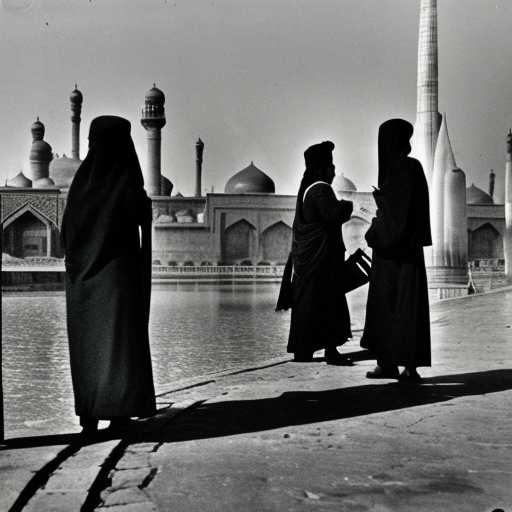The Mamluk Sultanate in Egypt: A Brief Overview
The Mamluk Sultanate in Egypt was a medieval Islamic state that existed from the 13th to the 16th century. It was founded by Mamluks, who were originally slave soldiers of Turkic and Circassian origin. The Mamluks rose to power after overthrowing the Ayyubid dynasty in 1250 and went on to establish a strong and prosperous empire in Egypt.
Origins and Rise to Power
The Mamluks were initially brought to Egypt as slaves during the Ayyubid period. However, they were trained as elite soldiers and gradually gained influence within the military. In 1250, the Mamluks seized power from the Ayyubid sultan and established their own dynasty. This marked the beginning of the Mamluk Sultanate.
Political Structure and Administration
The Mamluk Sultanate was characterized by a unique political structure. The sultan, who was the head of state, was usually selected from among the Mamluk military commanders. However, the sultan’s power was often limited by the influence of the Mamluk elite, who formed a powerful ruling class. The Mamluks also established a complex administrative system to govern their vast territories, with governors appointed to oversee different regions.
Economic Prosperity and Trade
Under the Mamluks, Egypt experienced a period of economic prosperity. The sultans implemented policies that promoted agriculture, trade, and industry, leading to increased wealth and prosperity. Egypt became a major center for trade, attracting merchants from Europe, Asia, and Africa. The Mamluks also established a strong navy, which facilitated maritime trade and protected Egypt’s interests in the Mediterranean.
Art and Architecture
The Mamluk period is renowned for its rich artistic and architectural heritage. The sultans and the Mamluk elite patronized the construction of magnificent mosques, madrasas, and mausoleums. These structures were adorned with intricate geometric patterns, calligraphy, and colorful tiles. The most famous examples of Mamluk architecture include the Sultan Hassan Mosque and the Madrasa of Sultan Qalawun in Cairo.
Challenges and Decline
Despite its initial success, the Mamluk Sultanate faced numerous challenges throughout its existence. One of the major threats came from the Mongols, who launched several invasions into the region. The Mamluks successfully repelled these invasions, but the constant threat of Mongol attacks weakened the empire. In addition, internal power struggles and rivalries among different factions within the Mamluk elite also contributed to the decline of the sultanate.
Ottoman Conquest
In 1517, the Mamluk Sultanate was finally conquered by the Ottoman Empire. The Ottomans, led by Sultan Selim I, defeated the Mamluks in the Battle of Ridaniya and incorporated Egypt into their expanding empire. However, the Mamluks continued to play a significant role in the Ottoman administration, particularly in the military.
Legacy
Despite its eventual downfall, the Mamluk Sultanate left a lasting legacy in Egypt. The Mamluks played a crucial role in shaping the country’s political, social, and cultural landscape. Their military prowess, administrative systems, and architectural achievements continue to be admired and studied by historians and scholars. The Mamluk period is often considered a golden age in Egyptian history, marked by prosperity, intellectual growth, and artistic achievements.
In conclusion, the Mamluk Sultanate in Egypt was a powerful medieval Islamic state that emerged from the ranks of slave soldiers. The Mamluks established a prosperous empire, characterized by a unique political structure, economic prosperity, and impressive artistic and architectural achievements. However, the empire faced challenges from external threats and internal divisions, ultimately leading to its conquest by the Ottoman Empire. Despite its decline, the Mamluk Sultanate’s legacy continues to be celebrated and appreciated in Egypt’s rich historical narrative.












